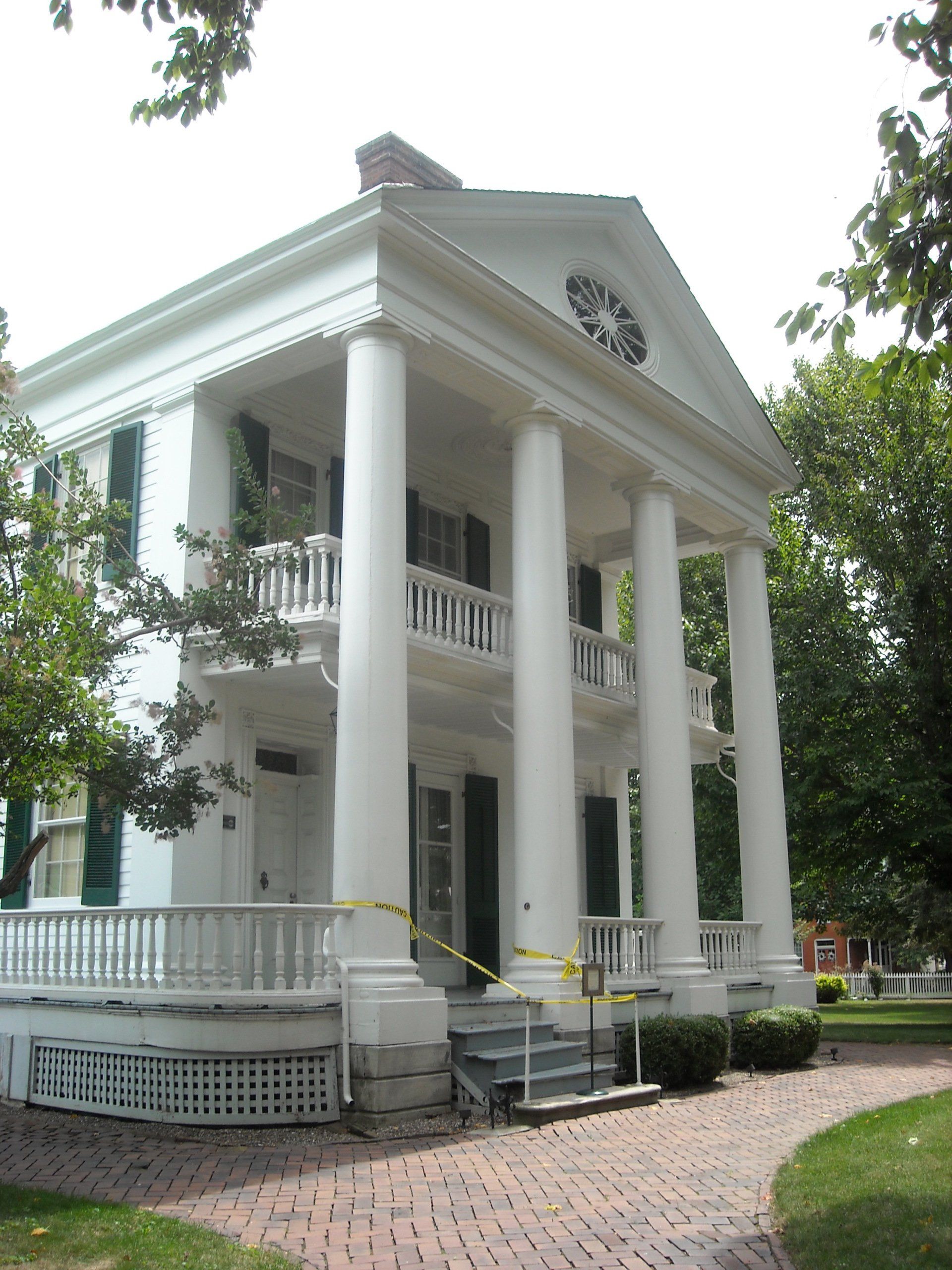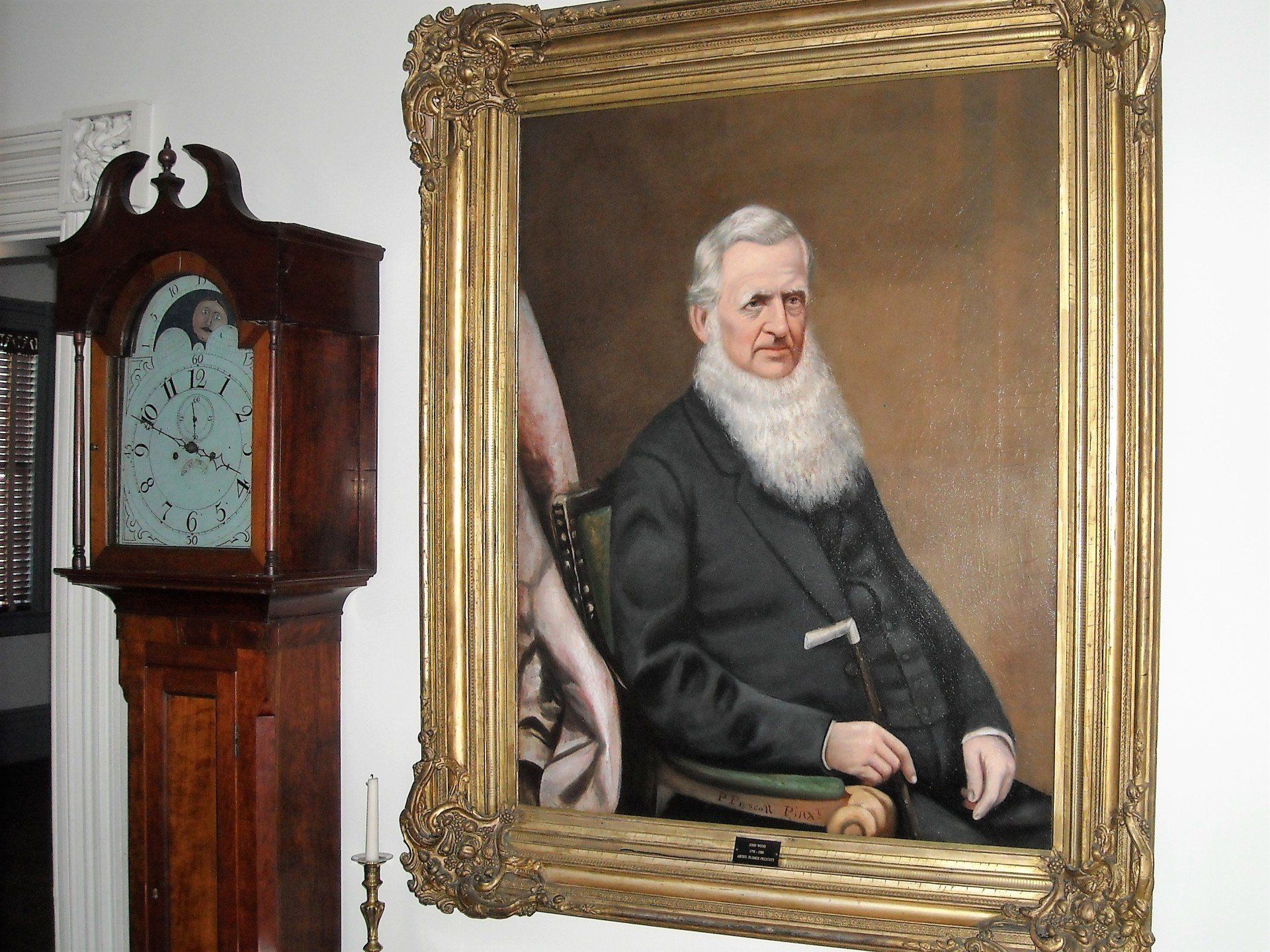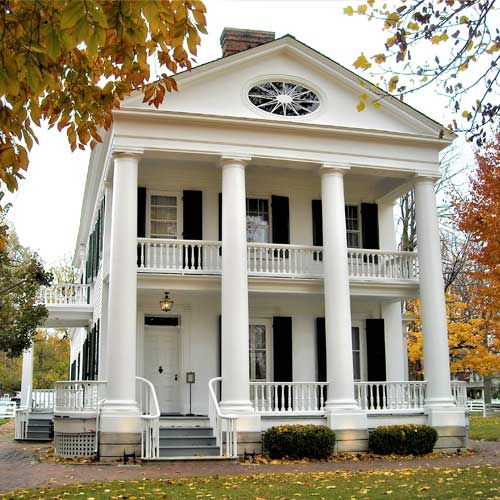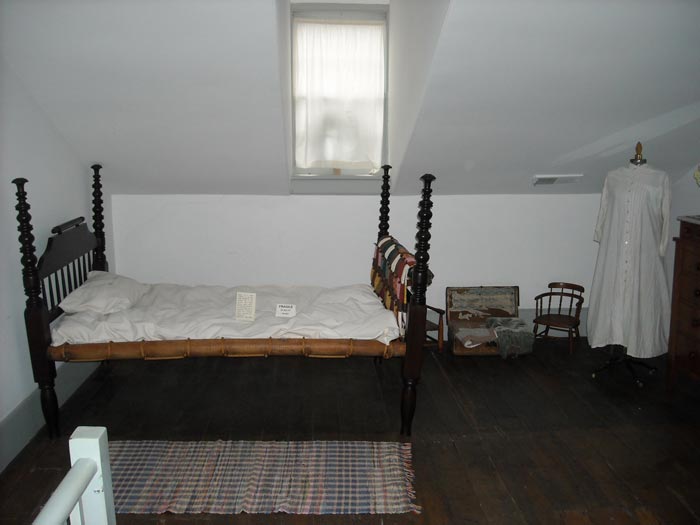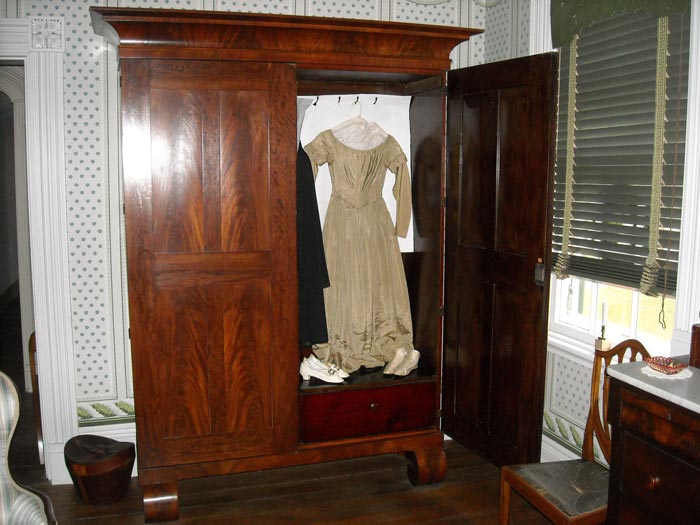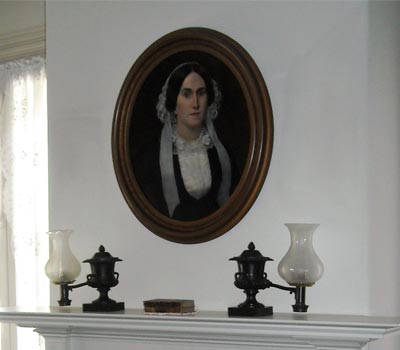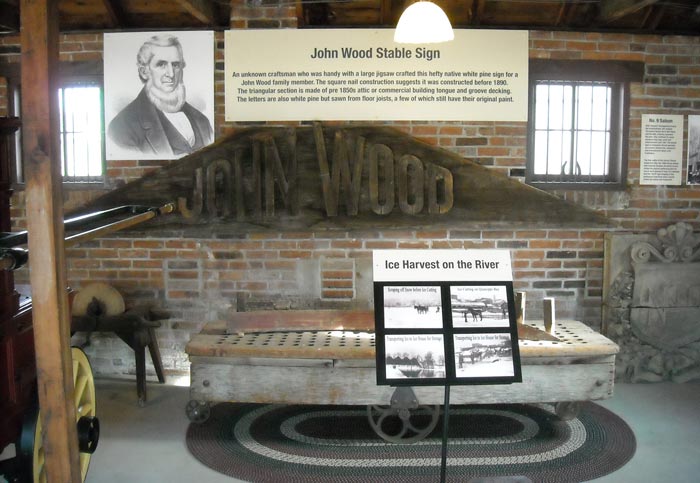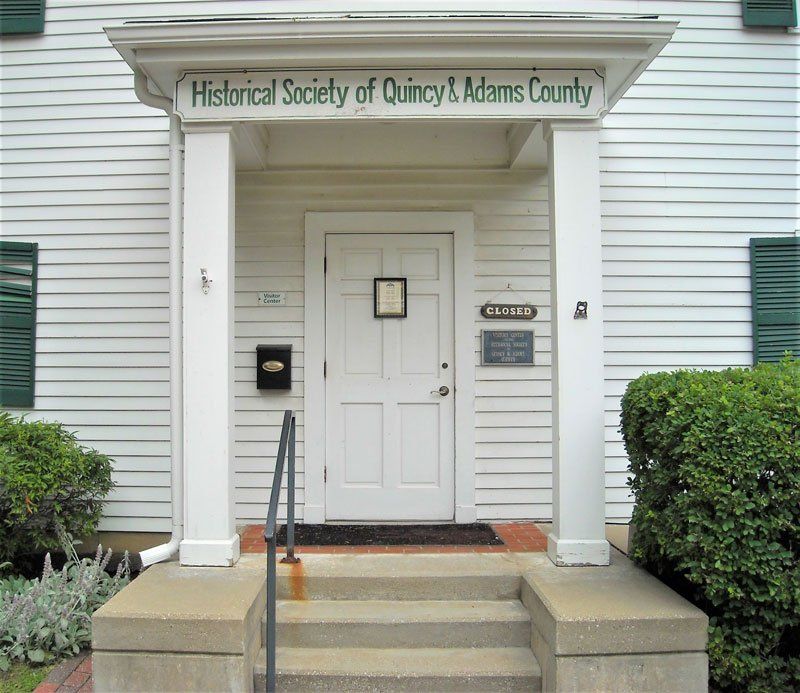Governor John Wood Mansion & Campus
425 SOUTH 12TH STREET, QUINCY
Once the home of John Wood, Quincy's founder and Illinois' 12th Governor, the John Wood Mansion is one of the Midwest's finest examples of Greek Revival architecture.
Wood’s 14-room mansion was built in 1835 and features many ornate details inside and out as well as four large Doric columns turned by Wood himself at a lathe he built for that purpose. The Wood family moved into their third Quincy home from a nearby, two-story log cabin in 1837. Later, the mansion was moved from its original site to its current location, about a block east, so Wood could build an even larger, octagonal mansion that was demolished in the 1950s.
The Society acquired the mansion in 1906 in order to save it from demolition, renovate, and preserve it. Many original Wood family and period furnishings are displayed throughout the house.
This historically significant home was added to the National Register of Historic Places in 1970 and in 2007 was named one of Illinois' 150 most important architectural structures. In celebration of the 2018 Illinois Bicentennial, the John Wood Mansion was selected as one of the Illinois 200 Great Places by the American Institute of Architects Illinois.
History of the Mansion
John Wood was born in Sempronius, New York, in 1798 and spent his childhood with relatives in Florida, New York. As a young man, he learned about available land in the Military Land Tract in Illinois and decided to travel west. Wood arrived in Pike County in 1820 and took up farming as a squatter. He then purchased the land where the John Wood Mansion stands from a land speculator and eventually acquired all the land from the riverfront to 24th Street on the south half of town. Wood moved to this land in 1822 and lived in a log cabin he built with Jeremiah Rose at Front Street and Delaware. In 1826 Wood married Ann M. Streeter of Salem, New York, and built a second, two-story log cabin located between 11th and 12th Streets. By 1835 Wood had sold the land where much of downtown is located today.
In the late 1820s and early 1830s groups of skilled European laborers, many from Germany, migrated to the United States and came up-river from New Orleans. In the 1830s John Wood went to St. Louis and talked a large number of the immigrants into moving to Quincy to help build his home. Thus, the building of the John Wood Mansion played an important role in the settling of Quincy. In early 1835, when John Wood was about to begin construction of his mansion, the population of Quincy was 700. By 1837 the population had increased to 1,653.
Wood used the talented German carpenters, stone masons, and craftsmen to construct his mansion and paid for their labor by giving or selling at reasonable rates plots of land in the immediate area. As a result, the early population of the southern half of Quincy was largely of German descent. There was a strong relationship between John Wood and the German immigrants. He allowed all the neighboring families to use the huge pasture south of his home for the grazing of their cows. At that time, almost every German family had a cow, and the area soon became known as “calftown.” This area today is Quincy’s German Heritage District.
Wood hired John Cleveland, a master mechanic who was born in Sandy Bay, Massachusetts, to direct the building of his mansion. In 1837 the Greek Revival style mansion was completed between 11th and 12th Streets, one of the first to be built in the Midwest.
Wood personally selected the trees from which the timbers were hewn. Having found suitable coffee trees, he made lathes and turned the columns of solid wood, which graced the lovely façade of the house.
By the time the Wood family was ready to move into the 14-room mansion in late 1838, they already had six children: Ann (1827-1905); Daniel (1829-1922); John Jr. (1830-1889); Emily (1833-1835); Adah (1835-1844); and Joshua (1837-1910). However, Emily died at age two during the same year construction began on the mansion. While living in the mansion, Wood and his wife had two more children, Henry (1839-1842) and James (1842-1850), and three of the other children died: Henry at age 3, James at age 8, and Adah at age 9.
Republican John Wood became Lt. Governor in 1856. In 1857, Governor William H. Bissell and his family moved into the magnificent, new governor’s mansion in Springfield. Lt. Governor Wood then started building a larger home in Quincy. His architect, John Van Osdel, had also designed Bissell’s executive mansion. Wood’s eight-sided stone mansion was located on the property where he had built the family's two-story log cabin in 1826 and their Greek Revival mansion in 1835.
Visitor Center
The Historical Society of Quincy and Adams County’s Visitors Center is a two-story frame structure erected in 1986 in memory of Oliver Bliss Williams and Margarethe Kespohl Williams. Major funding for the building was provided by their daughter Ann Williams Black. The Center was expanded with a library addition to the second floor in 2003.
The Center’s first floor contains the Lincoln Gallery featuring the Quincy in the Lincoln Era exhibit.
It also houses a public meeting room with kitchenette and a small exhibit area/workroom. The Society’s executive offices and Research Library are located on the second floor of the building, and the archive for a portion of the Society’s permanent collection is situated on the lower level.
The building is handicap accessible with a ramped entrance and first floor restroom; it is also equipped with Wi-Fi access.
The Visitors Center, located on the brick alley north of the Governor John Wood Mansion, is the official first stop for those touring the Mansion and Lincoln Gallery. The Society’s monthly Board of Directors’ meetings as well as HSQAC committee meetings and some small social functions are held at the Center. HSQAC members also have access to the building’s amenities and often browse the holdings of the Research Library, work on projects or confer with staff.
VISITOR TOURS
Admission prices:
$10- Adults
$5- Students
Children 6 & Under are free
Large tour groups, clubs and organizations, church groups and youth groups are always welcome, but reservations are necessary. Contact the HSQAC Office at 217-222-1835 for details.
The sites are open for tours
Monday-Friday between 10 am and 2:30 pm. Saturday tours must be scheduled in advance through the office at 217-222-1835 during the week prior to your Saturday visit.
Contact us today about tours and research needs (217) 222-1835
Governor John Wood Timeline
Click the arrows to read a brief description about the life of Governor John Wood throughout his lifetime.
